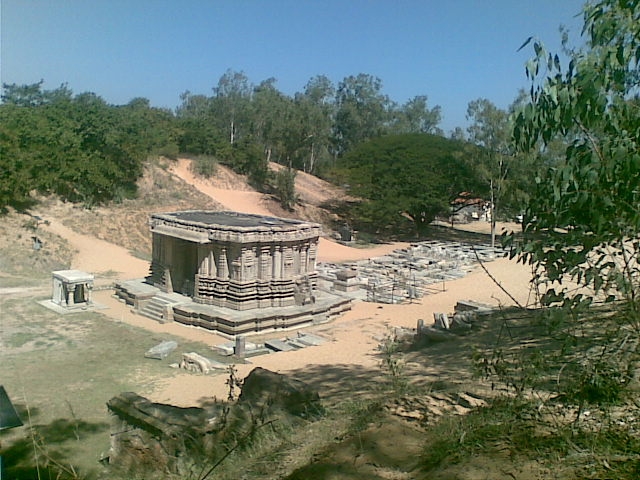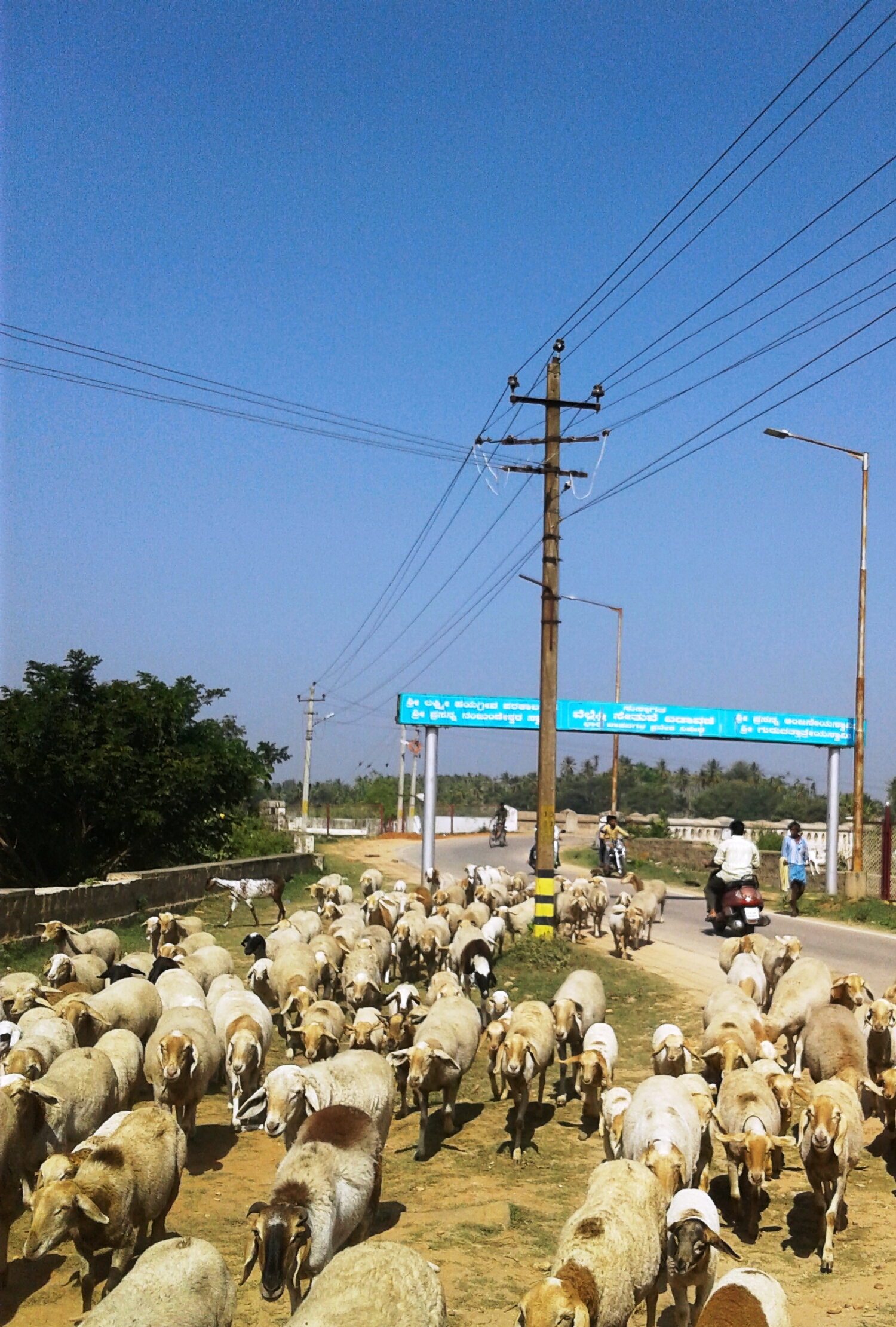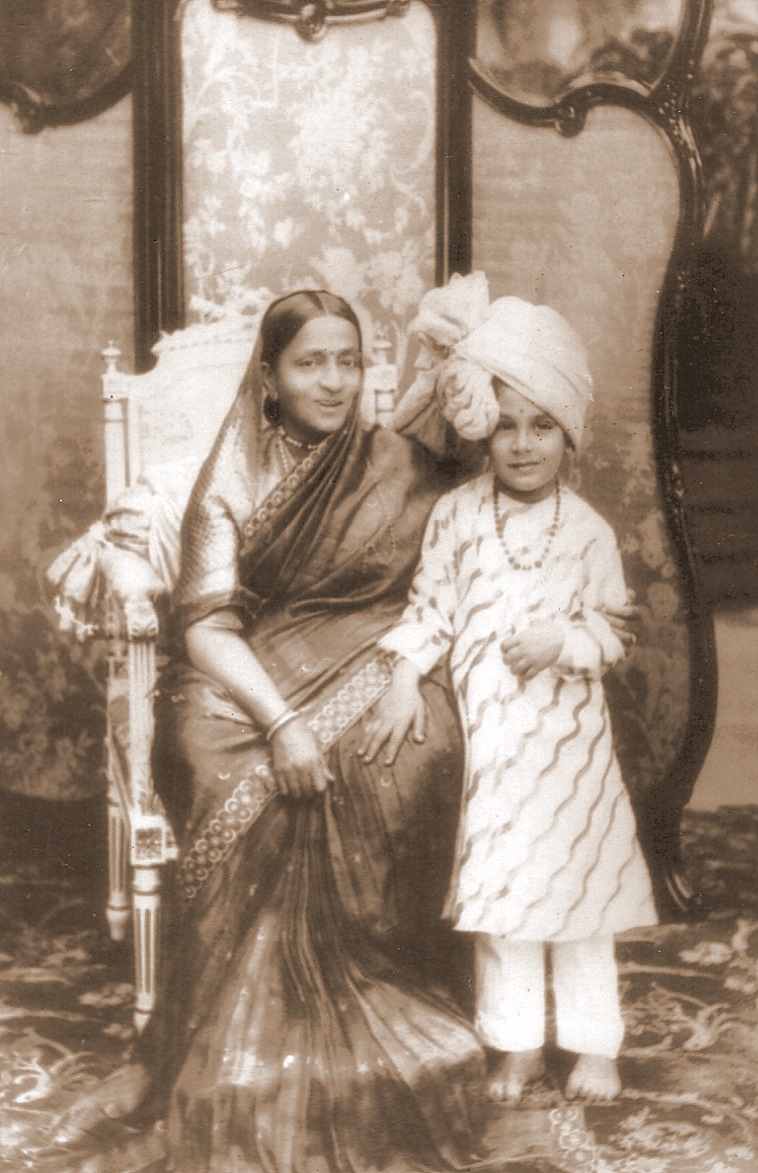|
Wodeyar
The Wadiyar dynasty (formerly spelt Wodeyer or Odeyer, also referred to as the Wadiyars of Mysore), is a late-medieval/ early-modern South Indian Hindu royal family of former kings of Mysore from the Urs clan originally based in Mysore city. As Maharajas of Mysore, the Wadiyars ruled the Kingdom of Mysore from the late 1300s until 1950. Members of the Wadiyar dynasty and the Urs clan have also been royal advisers as Diwans to their reigning siblings, cousins, nephews, or distant relatives. Some members have also commanded army divisions as ''dalvoys'' (commander-in-chief) for their reigning monarch. During the late 14th century, the family was originally ''poleygars'' (Kannada for garrison) defending the regions in and around Mysore town for the Vijayanagara Empire, their feudal overlords. With the fall and decline of the empire in the 17th century, the Wadiyars declared independence when Raja Wadiyar seized the nearby town of Srirangapattana, the seat of Tirumala, Srir ... [...More Info...] [...Related Items...] OR: [Wikipedia] [Google] [Baidu] |
Kingdom Of Mysore
The Kingdom of Mysore was a realm in South India, southern India, traditionally believed to have been founded in 1399 in the vicinity of the modern city of Mysore. From 1799 until 1950, it was a princely state, until 1947 in a subsidiary alliance with Presidencies and provinces of British India, British India. The British took Direct Control over the Princely state, Princely State in 1831.Rajakaryaprasakta Rao Bahadur (1936), p383 It then became Mysore State (later enlarged and renamed to Karnataka) with its ruler remaining as Rajapramukh until 1956, when he became the first Governor of the reformed state. The kingdom, which was founded and ruled for most part by the Hindu Wodeyar family, initially served as feudatories under the Vijayanagara Empire. The 17th century saw a steady expansion of its territory and during the rule of Kanthirava Narasaraja I, Narasaraja Wodeyar I and Chikka Devaraja, Chikka Devaraja Wodeyar, the kingdom annexed large expanses of what is now southern ... [...More Info...] [...Related Items...] OR: [Wikipedia] [Google] [Baidu] |
Maharaja Of Mysore
The maharaja of Mysore was the king and principal ruler of the southern Indian Kingdom of Mysore and briefly of Mysore State in the Indian Dominion roughly between the mid- to late-1300s and 1950. In title, the role has been known by different names over time, from ''poleygar'' (Kannada, ''pāLegāra'', for 'chieftain') during the early days of the fiefdom to ''raja'' (Sanskrit and Kannada, king–of especially a small region) during its early days as a kingdom to ''maharaja'' (Sanskrit and Kannada, reatking–of a formidable kingdom) for the rest of its period. In terms of succession, the successor was either a hereditary inheritor or, in case of no issue, handpicked by the reigning monarch or his privy council. All rulers under the Sanskrit-Kannada titles of ''raja'' or ''maharaja'' were exclusively from the house of Wadiyar. As India gained Independence from British Crown in 1947, Crown allies, most of which were princely India, ceded into the Dominion of India by 1950. ... [...More Info...] [...Related Items...] OR: [Wikipedia] [Google] [Baidu] |
Mysore
Mysore (), officially Mysuru (), is a city in the southern part of the state of Karnataka, India. Mysore city is geographically located between 12° 18′ 26″ north latitude and 76° 38′ 59″ east longitude. It is located at an altitude of above mean sea level. Mysore is situated at the foothills of Chamundi Hills about towards the southwest of Bangalore and spread across an area of . Mysore City Corporation is responsible for the civic administration of the city, which is also the headquarters of Mysore district and Mysore division. It served as the capital city of the Kingdom of Mysore for nearly six centuries from 1399 until 1956. The Kingdom was ruled by the Wadiyar dynasty, with a brief period of interregnum in the late 18th century when Hyder Ali and Tipu Sultan were in power. The Wadiyars were patrons of art and culture. Tipu Sultan and Hyder Ali also contributed significantly to the cultural and economic growth of the city and the state by planting mulber ... [...More Info...] [...Related Items...] OR: [Wikipedia] [Google] [Baidu] |
Timmaraja Wodeyar II
Timmaraja Wodeyar II (? – 1572), was the sixth maharaja of the Kingdom of Mysore, who ruled between 7 February 1553 and 1572. He was eldest son of Chamaraja Wodeyar III, the fifth raja of Mysore. On 17 February 1553, he succeeded on the death of his father. Thimmaraja Wodeyar II was the first 'maharaja' to rule as absolute monarch and denounce Mysore Kingdom's vassalage to the Vijayanagara Empire. Declaration of independence from Vijayanagara Right in his father's days, Thimmaraja Wodeyar II had learnt the lineage of the royal families in Vijayanagara. Both his father and his brother, including himself, had begun to question the legitimacy of the Tuluva family. Before his father could take a stand against feudalism, he died. However, right after coming to power in 1553, he formally declared independence of the Kingdom of Mysore from the Vijayanagara Empire. In Vijayanagara, though, Rama Raya was in power, trying to hold together the falling pieces of the empire. But, disin ... [...More Info...] [...Related Items...] OR: [Wikipedia] [Google] [Baidu] |
Hyder Ali
Hyder Ali ( حیدر علی, ''Haidarālī''; 1720 – 7 December 1782) was the Sultan and ''de facto'' ruler of the Kingdom of Mysore in southern India. Born as Hyder Ali, he distinguished himself as a soldier, eventually drawing the attention of Mysore's rulers. Rising to the post of Dalavayi ( commander-in-chief) to Krishnaraja Wodeyar II, he came to dominate the titular monarch and the Mysore government. He became the de facto ruler of Mysore as Sarvadhikari (Chief Minister) by 1761. During intermittent conflicts against the East India Company during the First and Second Anglo–Mysore Wars, Hyder Ali was the military leader. Though illiterate, Hyder Ali concluded an alliance with the French, and used the services of French workmen in raising his artillery and arsenal. His rule of Mysore was characterised by frequent warfare with his neighbours and rebellion within his territories. This was not unusual for the time as much of the Indian subcontinent was then in tur ... [...More Info...] [...Related Items...] OR: [Wikipedia] [Google] [Baidu] |
Srirangapatna
Srirangapatna is a town and headquarters of one of the seven Tehsil, Taluks of Mandya district, in the Indian States and territories of India, State of Karnataka. It gets its name from the Ranganathaswamy Temple, Srirangapatna, Ranganthaswamy temple consecrated at around 984 CE. Later, under the British rule the city was renamed to Seringapatnam. Located near the city of Mandya, it is of religious, cultural and historic importance. The monuments on the island town of Srirangapatna have been nominated as a UNESCO World Heritage Site, and the application is pending on the tentative list of UNESCO. History Srirangapatna has since time immemorial been an urban center and place of pilgrimage. During the Vijayanagar empire, it became the seat of a major viceroyalty, from where several nearby vassal states of the empire, such as Mysore and Talakad, were overseen. When perceiving the decline of the Vijayanagar empire, the rulers of Mysore ventured to assert independence, Srirangapatn ... [...More Info...] [...Related Items...] OR: [Wikipedia] [Google] [Baidu] |
Yaduraya Wodeyar
Adi Yaduraya (later, Vijaya Raja Wodeyar; 1371–1423) was the first raja of the Kingdom of Mysore from 1399 until his death in October 1423. Chakravarthy Harihara II of the Vijayanagara Empire installed Yaduraya as his vassal and as a dedicated ruler of Mysore principality in 1399 to suppress the opposition of the Dalvoys. The Dalvoys were a decommissioned clan of royal fighters, advisers, and ministers who were active in the Vijayanagara Empire before, during, and after Harihara II Harihara II (1342–1404 CE) was a emperor of the Vijayanagara Empire from the Sangama Dynasty. He patronised Kannada poet Madhura, a Jaina. An important work on Vedas was completed during his time. He earned the titles ''Vaidikamarga Sthapana ... and Yaduraya. References {{DEFAULTSORT:Wadiyar 1371 births 1432 deaths Kings of Mysore Yaduraya ... [...More Info...] [...Related Items...] OR: [Wikipedia] [Google] [Baidu] |
Jayachamaraja Wodeyar
Jayachamarajendra Wadiyar (18 July 1919 – 23 September 1974) was the 25th Maharaja of Mysore from 1940 to 1950, who later served as the governor of Mysore and Madras states. Early life Jayachamarajendra Wadiyar was born on 18 July 1919 at Mysore Palace as the only son and the last child of Yuvaraja Kanteerava Narasimharaja Wadiyar and Yuvarani Kempu Cheluvajamanni. He had three elder sisters, ''viz''., Rani Vijaya Devi, Sujayakantha Devi, and Jayachamundi Devi. Jayachamarajendra Wadiyar graduated from Maharaja's College, Mysore, in 1938, earning five awards and gold medals. He was married the same year, on 15 May 1938, to Maharani Satya Prema Kumari at Mysore Palace. He toured Europe during 1939, visiting many associations in London and became acquainted with many artists and scholars. He ascended the throne of the Kingdom of Mysore on 8 September 1940 after the demise of his uncle Maharaja Krishnaraja Wodeyar IV. He married Maharani Tripura Sundari Ammani on 6 May 1942. ... [...More Info...] [...Related Items...] OR: [Wikipedia] [Google] [Baidu] |
Jayachamarajendra Wadiyar
Jayachamarajendra Wadiyar (18 July 1919 – 23 September 1974) was the 25th Maharaja of Mysore from 1940 to 1950, who later served as the governor of Mysore and Madras states. Early life Jayachamarajendra Wadiyar was born on 18 July 1919 at Mysore Palace as the only son and the last child of Yuvaraja Kanteerava Narasimharaja Wadiyar and Yuvarani Kempu Cheluvajamanni. He had three elder sisters, ''viz''., Rani Vijaya Devi, Sujayakantha Devi, and Jayachamundi Devi. Jayachamarajendra Wadiyar graduated from Maharaja's College, Mysore, in 1938, earning five awards and gold medals. He was married the same year, on 15 May 1938, to Maharani Satya Prema Kumari at Mysore Palace. He toured Europe during 1939, visiting many associations in London and became acquainted with many artists and scholars. He ascended the throne of the Kingdom of Mysore on 8 September 1940 after the demise of his uncle Maharaja Krishnaraja Wodeyar IV. He married Maharani Tripura Sundari Ammani on 6 May 1942. ... [...More Info...] [...Related Items...] OR: [Wikipedia] [Google] [Baidu] |
Urs (surname)
Urs (Kannada: ಅರಸು) pronounced as 'Aras', is a surname used by the community associated to the royal family of Mysore Wodeyars based in Mysore in Karnataka, India. The word is derived from Arasu or Arasa which is used to designate royalty or ruler and meant ''ruler '' in Kannada. They claim various religious and sectarian affiliations like Shaivism or Vaishnavism, according to their clan and lineage. According to their ancient customs, it is forbidden to consume meat and alcohol. The Arasu community is classified as a backward caste by the Government of Karnataka. History Mysore's erstwhile rulers were the Wadiyars, known for their administrative skills, vision and social justice. They had a close attachment with the Ursu community. Men in this community were commonly named as Chamaraja Urs, Nanjaraj Urs, Devaraj Urs, Srikanta Raje Urs etc. and women were most commonly named as Devajammani, Jayalaxammani, Chelvajammani etc. suffixed with 'ammani'. Legend The origin ... [...More Info...] [...Related Items...] OR: [Wikipedia] [Google] [Baidu] |
Tipu Sultan
Tipu Sultan (born Sultan Fateh Ali Sahab Tipu, 1 December 1751 – 4 May 1799), also known as the Tiger of Mysore, was the ruler of the Kingdom of Mysore based in South India. He was a pioneer of rocket artillery.Dalrymple, p. 243 He introduced a number of administrative innovations during his rule, including a new coinage system and calendar, and a new land revenue system, which initiated the growth of the Mysore silk industry. He expanded the iron-cased Mysorean rockets and commissioned the military manual ''Fathul Mujahidin''. He deployed the rockets against advances of British forces and their allies during the Anglo-Mysore Wars, including the Battle of Pollilur and Siege of Srirangapatna. Tipu Sultan and his father used their French-trained army in alliance with the French in their struggle with the British, and in Mysore's struggles with other surrounding powers: against the Marathas, Sira, and rulers of Malabar, Kodagu, Bednore, Carnatic, and Travancore. Tipu's ... [...More Info...] [...Related Items...] OR: [Wikipedia] [Google] [Baidu] |
Harihara II
Harihara II (1342–1404 CE) was a emperor of the Vijayanagara Empire from the Sangama Dynasty. He patronised Kannada poet Madhura, a Jaina. An important work on Vedas was completed during his time. He earned the titles ''Vaidikamarga Sthapanacharya'' and ''Vedamarga Pravartaka''. Biography He became ruler when Bukka Raya I died in 1377 and ruled till his death in 1404. He was succeeded by Virupaksha Raya. During his reign, he continued to extend the kingdom's territory through fighting against the Reddis of Kondavidu for control of the Andhra between Nellore and Kalinga. From the Reddis of Kondavidu, Harihara II conquered the Addanki and Srisailam areas as well as most of the territory between the peninsula to the south of the river Krishna, which would eventually lead to fights in Telangana with the Velamas of Rachakonda. Harihara II took advantage of the death of Mujahid Bahmani in 1378 and extended his control into the northwest, controlling such ports as Goa, Chaul, and Dab ... [...More Info...] [...Related Items...] OR: [Wikipedia] [Google] [Baidu] |



_from_Court_Game_of_Geography_MET_DP862917.jpg)




